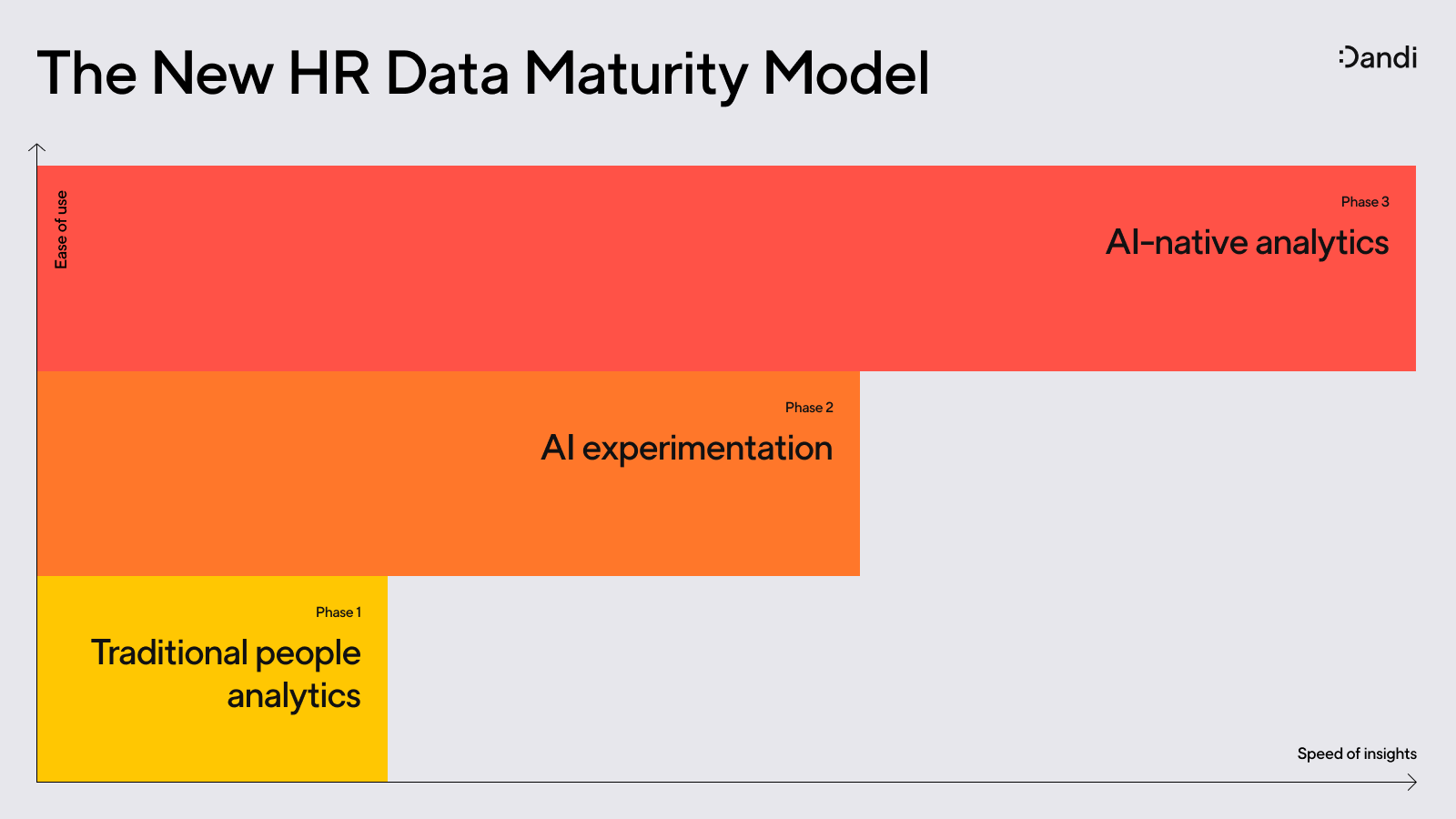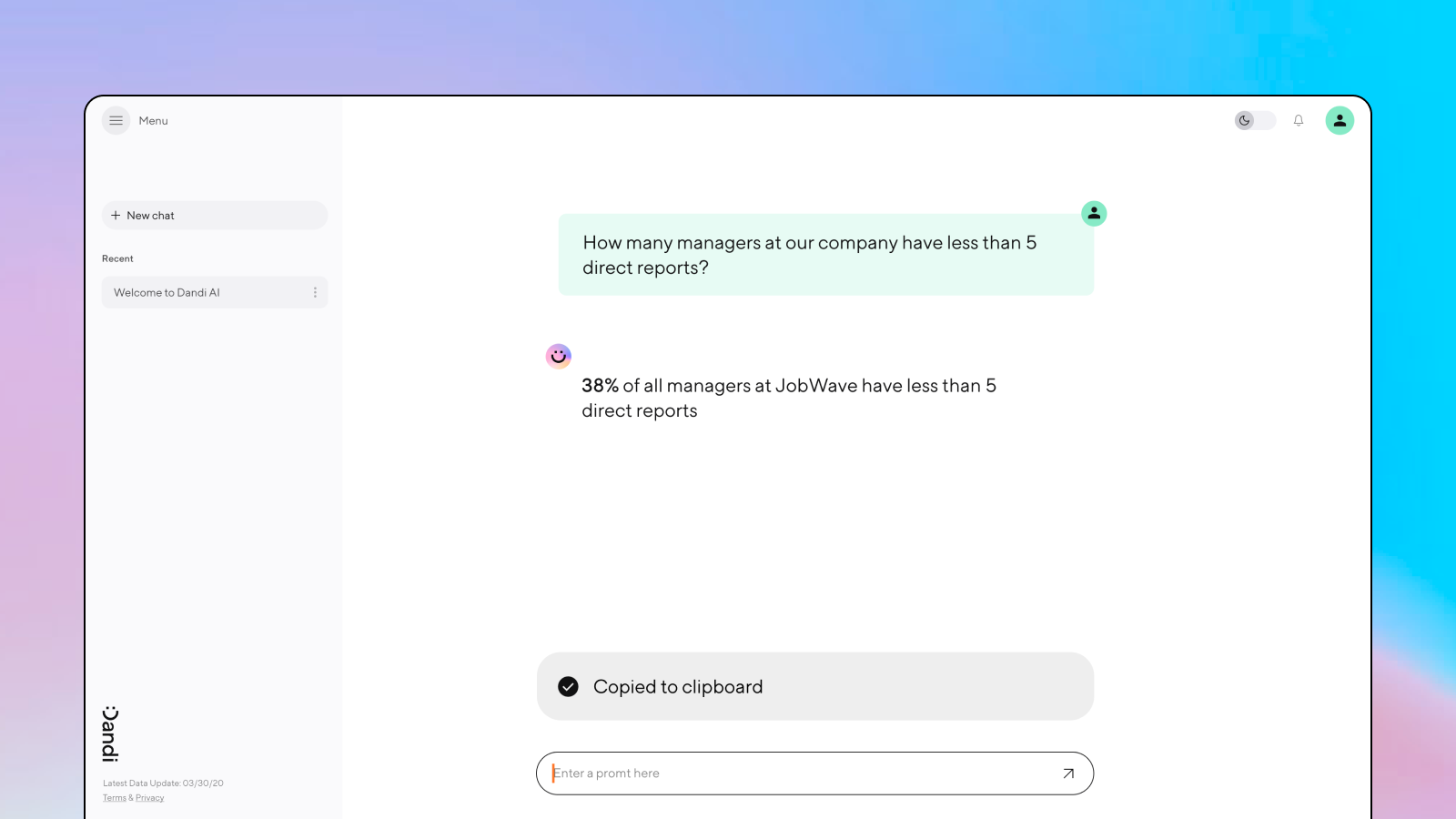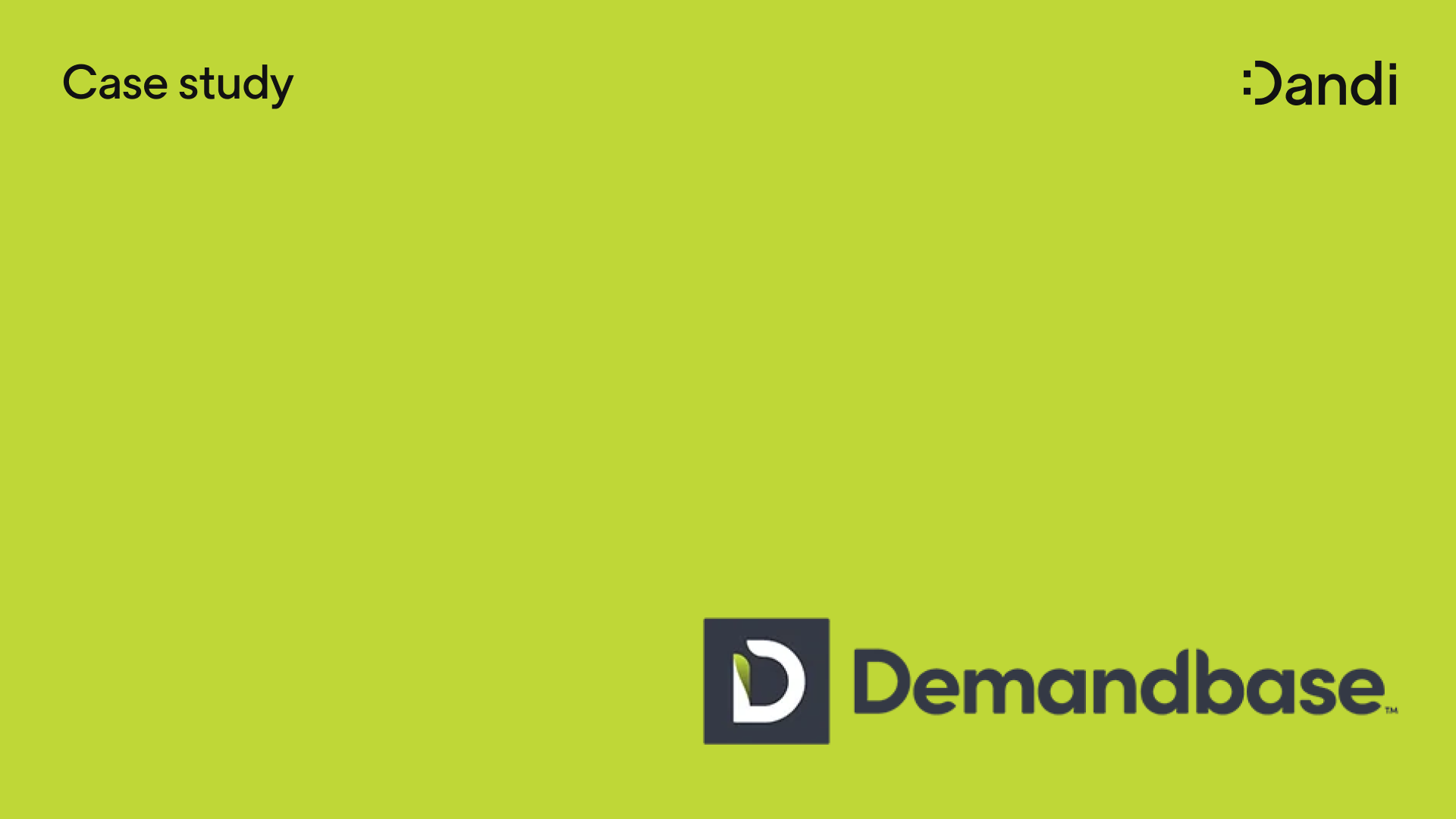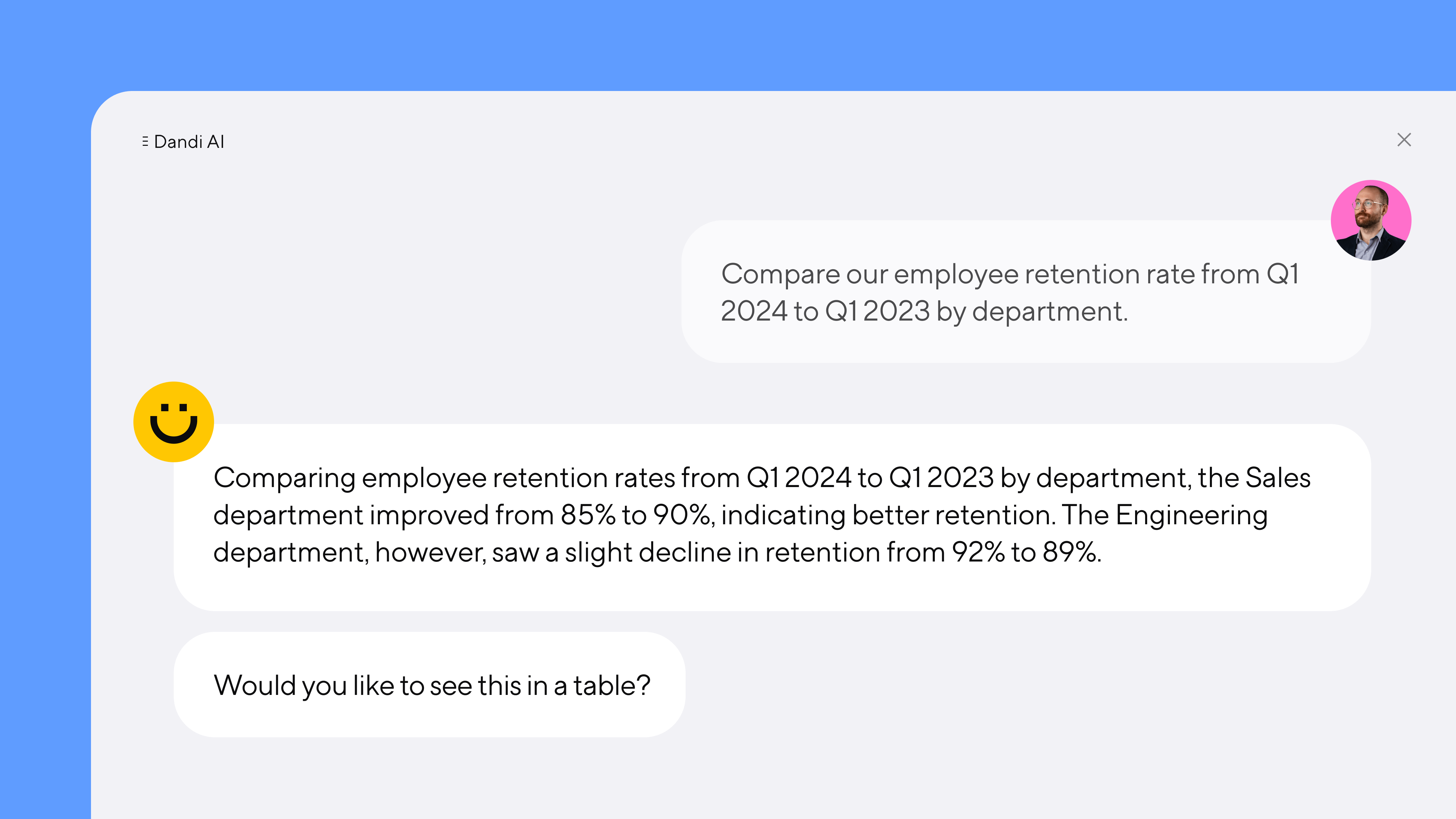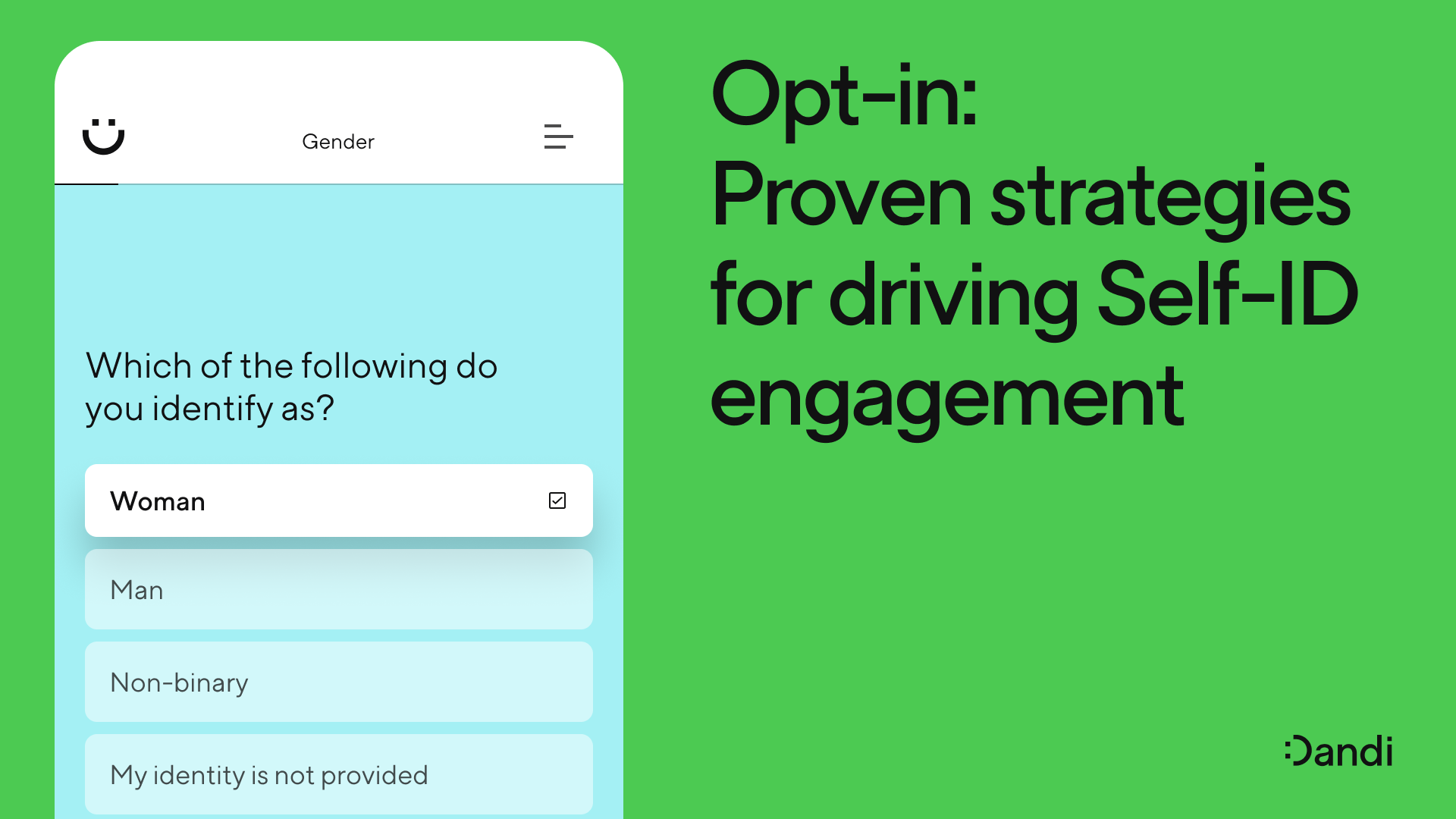It’s time to look beyond talent pipeline

Camille Hogg, PhD – Jan 26th, 2023
Talent pipeline is only one factor in hiring more diverse teams. To go beyond, businesses need to analyze the entire recruiting funnel to learn if—and how—bias is impacting their hiring efforts.
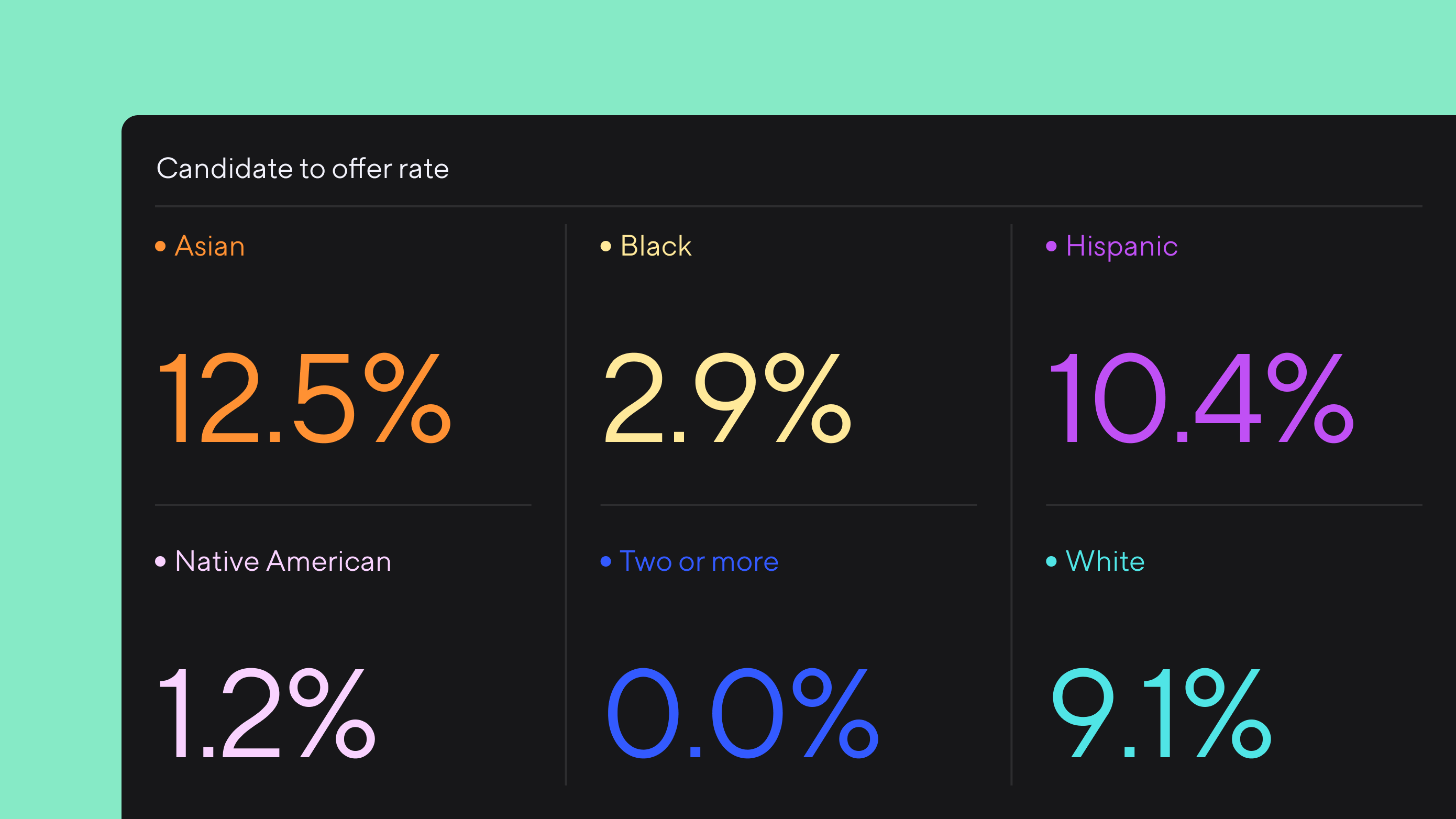
Dandi's recruiting analytics reveal what different candidate groups experience throughout the entire recruiting process.
Editor's note: Last week, Dandi announced new recruiting features designed to help businesses pinpoint bias throughout the recruiting funnel. Today's post goes deeper into why recruiting funnel analysis is the key to hiring and retaining more diverse teams.
In June 2020, Wells Fargo CEO Charles Scharf unintentionally landed himself in the eye of a media storm. In a memo announcing diversity initiatives, he infamously said: “While it might sound like an excuse, the unfortunate reality is that there is a very limited pool of Black talent to recruit from.”
People were quick to call Scharf out—but the words caused many organizations to look inward at why their own diversity hiring initiatives weren’t working out.
Historically, organizations have focused on solving their diversity issues at the source. They adjust talent acquisition processes based on the assumption that a more diverse pipeline will naturally lead to a more diverse organization.
It’s a logical tactic—but it won’t work long-term to increase representation. Because diversity isn’t only a pipeline issue. It’s also a process issue.
Qualified Black female candidates are 39% less likely to make it to the interview stage, and 31% less likely to be hired compared to White males. Underrepresented people, including women, older candidates, and ethnic minorities, are more likely to hold metastereotypes about themselves—a belief that they will be viewed stereotypically by dominant group members. This makes them less likely to apply for a role at all.
When organizations prioritize their talent pipeline as a way of increasing diversity, they risk missing other opportunities to improve their hiring process. It’s harder to diagnose the root causes where bias happens, meaning it’s harder to achieve long-term outcomes for representation and inclusion.
To truly build and retain more diverse teams, you need to analyze the recruiting funnel at every stage.
At each stage of the recruiting funnel, bias can derail your efforts to increase diversity through hiring.
Understanding the recruiting funnel
The talent pipeline is only one part of a longer process, known as the recruiting funnel. The recruiting funnel is a process that defines the steps candidates take to apply, interview, and get hired by an organization.
While each company may have its own version, the core steps are largely the same:
- Awareness: Introducing potential candidates to your employer branding and what you do
- Attraction: Directing aware candidates towards specific job opportunities, with targeted job ads
- Interest: Assisting the candidate to find out more about the opportunity
- Application: Interested candidates submit a job application to join your company
- Evaluation: Reviewing and shortlisting applications from candidates based on their suitability for the role
- Interview: Evaluating a candidate’s skills and experience through a series of interviews with the hiring manager and team
- Hire: Selecting the best candidate for the role and making an offer
At each stage of the recruiting funnel, bias can derail your efforts to increase diversity through hiring. By removing bias, companies stand a better chance of meeting their hiring goals.
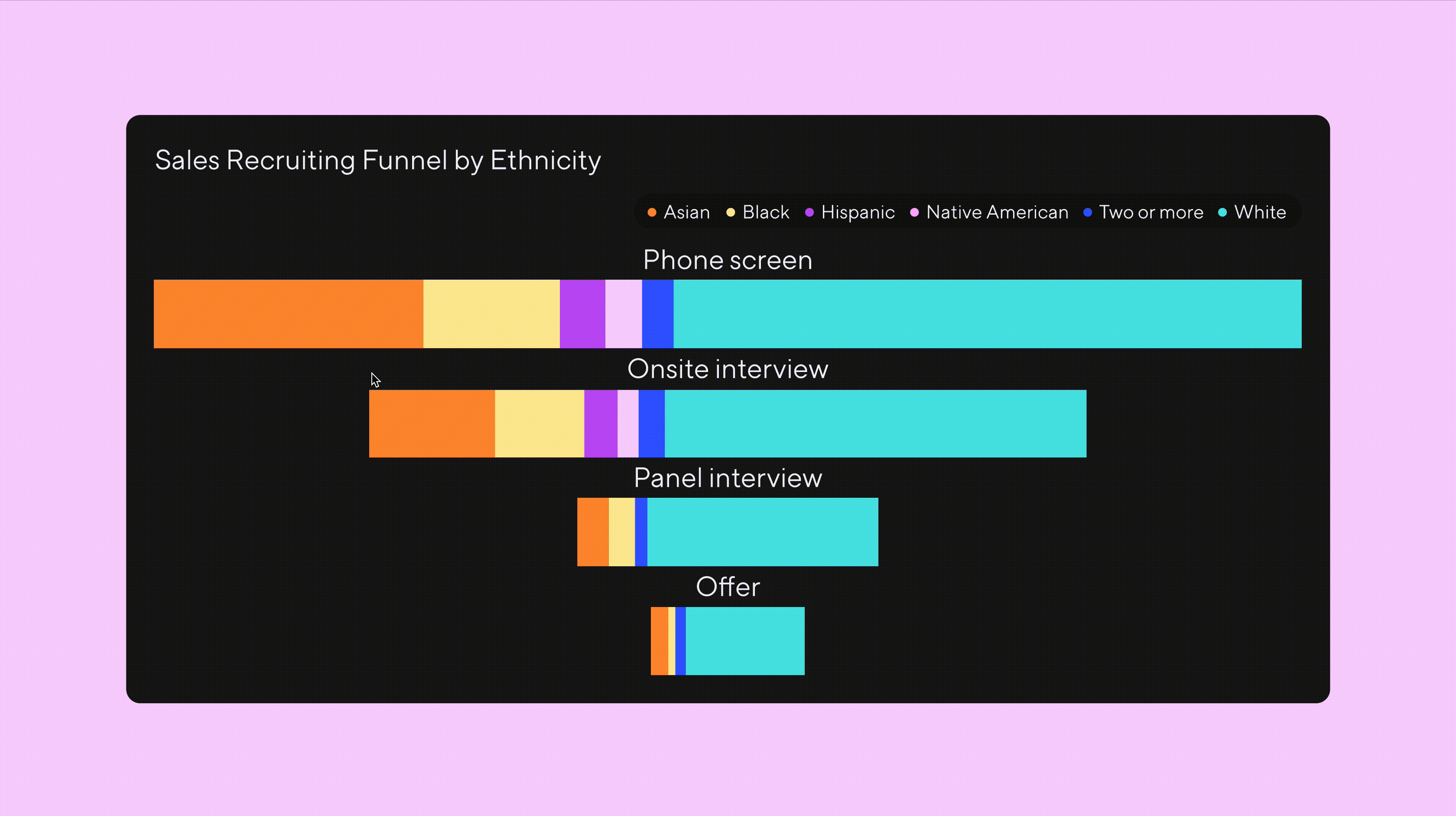
Why recruiting bias matters. And how to find it.
When we’re talking about increasing organizational diversity and improving outcomes for underrepresented candidates, we need to know why some people advance, and others don’t. Because if you don’t dig deeper on the root causes that are causing underrepresented people not to get hired at your organization, then your overall diversity efforts will never succeed.
To get to a why, you need to break down your recruiting funnel, step by step, and identify the stages where your processes are working—and where they aren’t.
Analyzing your awareness stage, for example, can tell you which types of candidates you’re reaching, and which you aren’t. Reviewing your evaluation process tells you which candidates are most likely to make it through to the interview stage.
Taking this step-by-step look at your recruitment funnel offers a more nuanced view of how and where your processes may be succumbing to unintentional bias:
- Analyzing your awareness stage may find that brand awareness is high among all candidates, but conversion to application is low for non-White candidates—suggesting an issue with attraction and employer branding
- Reviewing your evaluation stage may highlight that non-White candidates are far less likely to make it through to the interview stage
- Analyzing your interviews might show that male candidates are more likely to receive job offers than female candidates
These more granular insights give you ways to take action on your hiring processes, and create a more inclusive, equitable candidate experience.
You need to break down your recruiting funnel, step by step, and identify the stages where your processes are working—and where they aren’t.
Building a strategy around recruiting funnel analysis
When you know the root causes of bias across your entire recruitment funnel, it means you’re better able to put targeted fixes in place that not only help you meet your hiring goals, but retain your newest hires.
But remember that fixing your recruitment funnel isn’t a one-and-done job. Instead, it’s a long-term process that requires a continuous, data-driven approach.
1. Set benchmarks based on your current recruitment funnel representation
Setting effective DEI-related recruitment goals depends on knowing where you’re starting from.
First, look at your organization’s current representation, as well as intersectional identity groups. Remember that this stage is less about targeting specific groups of people to hire, and more about developing an overall picture.
Then, analyze your recruiting funnel through a DEI lens, to find out who is most likely to apply, be interviewed, and get hired for roles.
Analyze your current recruitment metrics, including:
- Applicant demographic and dimensions of diversity data
- Application to interview conversion rate
- Interview to offer conversion rate
- Offers made by identity group
- Offer acceptance rate by identity group
- Candidate drop-off rates by identity group and funnel stage
2. Define KPIs for each stage of your recruitment funnel
There’s an old saying: “What gets measured gets managed.” Setting effective KPIs as part of your DEI recruitment strategy will help you stay accountable on making impactful changes that lead to more inclusive, equitable outcomes.
But to work, they must be specific, measurable, and aligned to your organization’s DEI strategy. Setting vague DEI recruitment goals like ‘increase diversity’ won’t give you enough specificity, much less a way of measuring your success. Instead, use your benchmarks to set recruiting goals and ambitious, but attainable KPIs—such as “increase Black female employee representation by 10%.
Examples of DEI-focused recruitment KPIs include:
- Attend [x] careers fairs/events catering to underrepresented talent
- Increase representation of a specific employee population by x% at the application stage
- Achieve x% candidate experience score among underrepresented applicants
- Increase proportion of underrepresented hires to x% in the Engineering function
Breaking these goals and performance indicators down by funnel stage will enable you to track and measure the impact and outcome of specific actions.
Setting clear goals and performance indicators for each stage of your recruiting funnel will enable you to track and measure the impact specific actions.
3. Track and measure—continuously
Recruitment isn’t a monolithic process—and your diversity recruiting KPIs aren’t an on/off switch for success. This is why what you do after implementing changes across your recruiting funnel matters just as much to improving your DEI recruiting outcomes, long-term.
Taking a continuous, data-driven approach to your recruiting process enables you to spot emerging friction points and biases across your whole recruiting funnel. It means you can spot when hiring managers in the Customer Success department might need training to run fairer interviews, or that your favored job posting sites are more likely to net you a homogeneous candidate pool.
Continuous, intersectional analysis unlocks your ability to act on this information, and make targeted fixes that create fairer hiring outcomes—for everyone.
4. Adjust and monitor over time
Increasing your workforce diversity isn’t just about adjusting your recruitment processes—it’s a whole-organization cultural and behavioral shift. And change takes time.
Recruitment processes take time to rebuild, and the implicit, unintentional biases embedded within them take time to dismantle. And even when you’ve made big changes to how you source, evaluate, interview, and hire, it’s not a guarantee that your talent pipeline will overflow with underrepresented candidates overnight.
The best indicator that your recruitment funnel is working for DEI isn’t necessarily in achieving hiring quotas, increasing pipeline representation, or hitting hiring KPIs.
Instead, it could be in the more intangible outcomes across your organization—like hiring managers adjusting interview practices to be more inclusive to neurodivergent people, or increased feelings of belonging among employees.
Together with your data, tracking these intangible moments where inclusion and belonging embed in your culture will help you understand the holistic impact of your changes, long-term.
Pinpoint bias across your recruiting process—instantly
When it comes to increasing diversity, organizations must take a more holistic approach to recruitment if they want to maximize the long-term payoff.
Increasing the proportion of underrepresented candidates who engage with your organization is an important first step to increasing representation. But increasing representation at one end of your funnel isn’t sustainable without identifying the root causes of bias that may exist further down.
As organizations only set more ambitious goals on DEI, taking a data-driven approach to the recruitment funnel will be their best course of action to ensure that their processes are fair, consistent, and equitable.
Dandi’s new recruitment funnel analysis feature helps teams achieve this in a sustainable, data-driven way. Dandi gives companies a clear, complete view across their entire hiring process so they analyze how their hiring process is performing different funnel stages, departments, dimensions of diversity, and more. Identify biases and barriers, track key performance metrics, and make proactive fixes that create a fairer, more equitable hiring process—for everyone.
Interested in learning more about our new recruiting features? Book a demo to see what Dandi can do.
More from the blog
Announcing more powerful Dandi data visualizations
Team Dandi - Oct 23rd, 2024
The New Maturity Model for HR Data
Catherine Tansey - Sep 5th, 2024
Buyer’s Guide: AI for HR Data
Catherine Tansey - Jul 24th, 2024
Powerful people insights, 3X faster
Team Dandi - Jun 18th, 2024
Dandi Insights: In-Person vs. Remote
Catherine Tansey - Jun 10th, 2024
Introducing Dandi AI for HR Data
Team Dandi - May 22nd, 2024
5 essential talent and development dashboards
Catherine Tansey - May 1st, 2024
The people data compliance checklist
Catherine Tansey - Apr 17th, 2024
5 essential EX dashboards
Catherine Tansey - Apr 10th, 2024
Proven strategies for boosting engagement in self-ID campaigns
Catherine Tansey - Mar 27th, 2024

